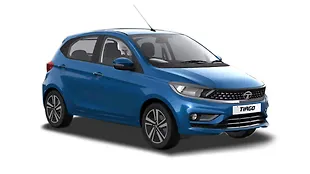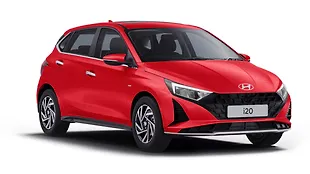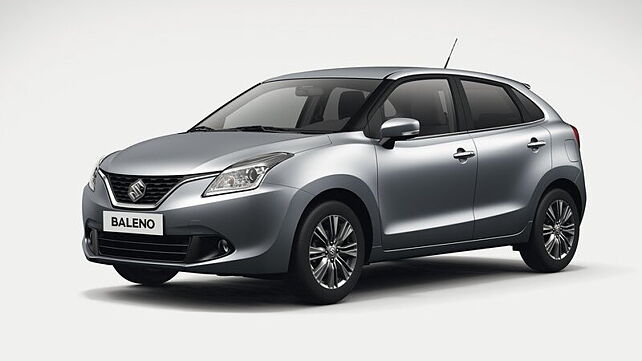
Maruti Suzuki, on October 26, will launch its first premium hatchback for the Indian market. Dubbed the Baleno, it will be offered in four variants, seven colour options, two engines as well as two transmission options.
After being spotted testing on multiple occasions, the hatchback was shown in concept form as the iK2 at the 2015 Geneva Motor Show. It was branded the Baleno in August, reviving a two-decade-old moniker from Suzuki’s stable.
Externally, the Baleno shows off Suzuki’s hallmark design albeit, in a more modern form. The fascia comprises a new V-shaped grille while the headlights look like the Swift; they are more swept back and on the top-spec variants include projectors and DRLs.

Moving over to the side, we can see the flared wheel arches, rear tapering roof line and blacked out pillars to give the impression of a floating roofline. One of the noticeable elements on the higher spec variants are the chrome door handles on the top-spec Alpha variant .
At the back we can see the European (ness) of the hatchback thanks to the C-shaped tail lamps, large bumper and chrome strip below the rear windscreen. The high ground clearance gives it a forward heavy stance.
The Maruti Suzuki Baleno’s cabin is very similar to that of the S-Cross as it shares much of the elements with the latter. Common elements include the touchscreen infotainment system, steering and instrument cluster, although it must be noted that the Suzuki Baleno has a far more detailed one.

What is new is the interface for the climate control system as well as Apple Car Play interface, which in the case of the latter makes the Baleno the first hatchback to get this option. It is believed that the option for an Android interface will be offered at a later date.
In terms of cabin space, the Baleno has a wheelbase of 2520mm which is lesser than that of its rivals but is not exactly short on space either. The cabin appears to be roomy despite the all-black trim and low rear roofline. The boot space has been pegged at 339-litres.
The Baleno will be offered in four variants- Sigma, Delta, Zeta and Alpha. These are the same variant names used for the S-Cross crossover and are a major change from the familiar VXi, LXi ZXi convention we have seen for so many years. We believe that the move is in place to differentiate the Baleno from the standard hatchbacks as it will be retailed exclusively through the premium Nexa showrooms. There is expected to be one optional variant as well as two automatic petrol variants. On the safety front, all four variants across both fuel options get ABS with EBD as well as dual front airbags.

The petrol variants of the Baleno are powered by the 1.2-litre VVT engine which produces 83bhp and 115Nm of torque. The petrol versions will be available in a choice of five-speed manual across the range and a CVT in Delta and Zeta trims. The diesel on the other hand is the 1.3-litre Multijet engine (DDiS as Maruti Suzuki likes to call it) producing 75bhp and 190Nm. This engine is only offered with a five-speed manual.
While some may see the diesel engine’s output as being slightly less for a car of this size, we must remember that this is a completely new platform where Suzuki has implemented a rigorous weight loss programme as compared to the older Swift platform on which the Swift, Dzire and Ertiga are based. This has resulted in the petrol variants weighing 890kgs (MT)/910kgs (CVT) and 985kgs (diesel MT) which is significantly lesser than all of its rivals justifying the lower spec Multijet diesel engine. It is also believed that the 75bhp engine is much better than the 90bhp engine when it comes to drivability.

Production of the vehicle has already begun at the Indo-Japanese automaker’s plant in Manesar and once India deliveries have begun, we expect that they will start exporting the car to major LHD and RHD markets around the world.
The Baleno is Maruti Suzuki’s entry into the top end of the B-segment of the Indian car market. It is expected to be priced in the range of Rs 5.25 lakh to Rs 8 lakh giving it a competitive edge over its closest rivals - the Honda Jazz, Fiat Punto Evo, Volkswagen Polo and most importantly, the Hyundai Elite i20.

![Maruti Suzuki Baleno [2015-2019] Image Maruti Suzuki Baleno [2015-2019] Image](https://imgd.aeplcdn.com/272x153/cw/ec/21723/Maruti-Suzuki-Baleno-Right-Front-Three-Quarter-147250.jpg?wm=0&q=80)
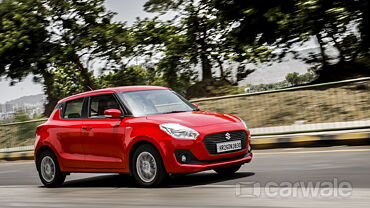



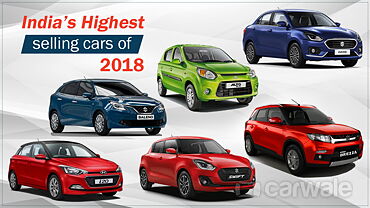

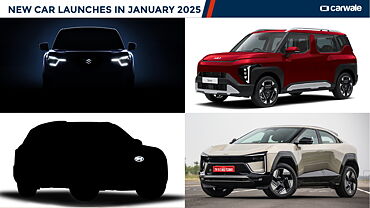
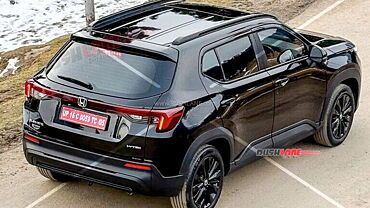


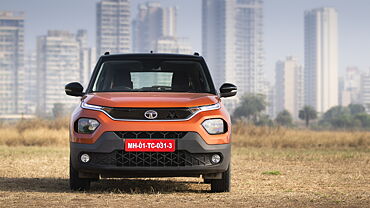


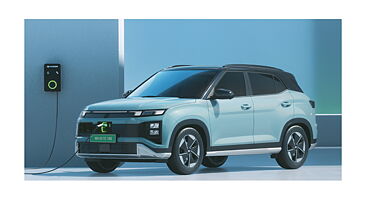

![Maruti Suzuki Baleno [2015-2019] Right Front Three Quarter Maruti Suzuki Baleno [2015-2019] Right Front Three Quarter](https://imgd.aeplcdn.com/199x112/cw/ec/21723/Maruti-Suzuki-Baleno-Right-Front-Three-Quarter-147250.jpg?wm=0&q=80)
![Maruti Suzuki Baleno [2015-2019] Exterior Maruti Suzuki Baleno [2015-2019] Exterior](https://imgd.aeplcdn.com/199x112/cw/ec/19751/Maruti-Suzuki-Baleno-Exterior-118756.jpg?wm=0&q=80)
![Maruti Suzuki Baleno [2015-2019] Right Front Three Quarter Maruti Suzuki Baleno [2015-2019] Right Front Three Quarter](https://imgd.aeplcdn.com/199x112/ec/08/76/19751/img/m/Maruti-Suzuki-New-Baleno-Right-Front-Three-Quarter-55663_l.jpg?v=201711021421&q=80)
![Maruti Suzuki Baleno [2015-2019] Dashboard Maruti Suzuki Baleno [2015-2019] Dashboard](https://imgd.aeplcdn.com/199x112/cw/ec/19751/Maruti-Suzuki-Baleno-Dashboard-105544.jpg?v=201711021421&q=80)
![Maruti Suzuki Baleno [2015-2019] Steering Wheel Maruti Suzuki Baleno [2015-2019] Steering Wheel](https://imgd.aeplcdn.com/468x263/cw/ec/19751/Maruti-Suzuki-Baleno-Steering-Wheel-91881.jpg?v=201711021421&q=80)



